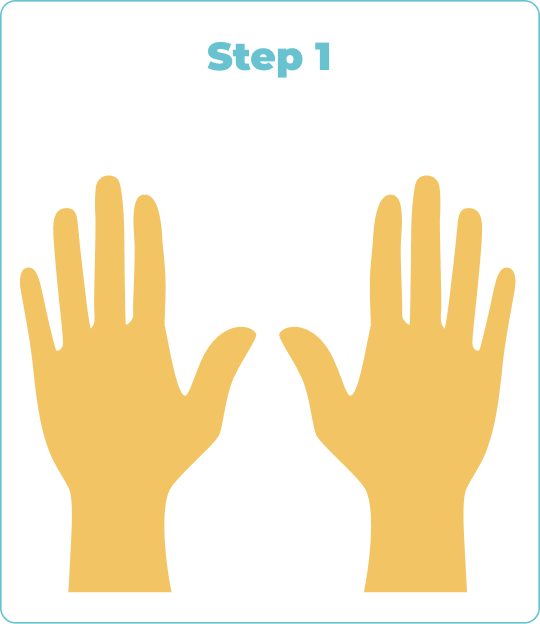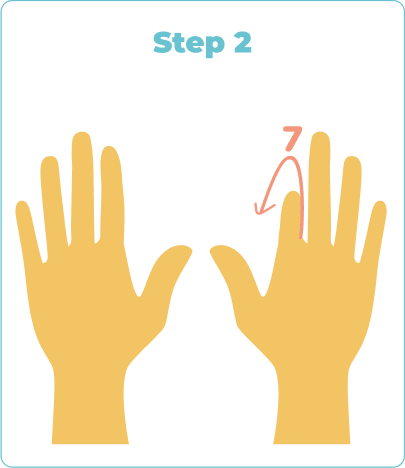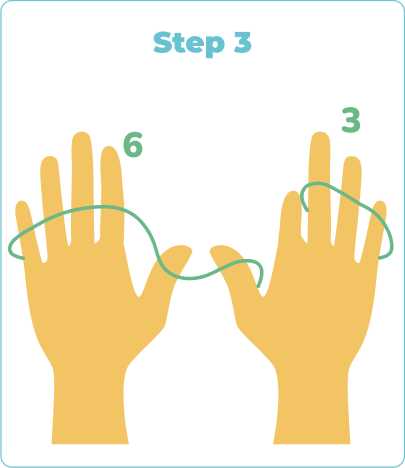
The multiplication table is one of the first and fundamental knowledge of school kids.
We combined several proven methods and practices for a child to learn the multiplication Times Table with an entertaining strategy, interactive approach, and fun methods. They will also learn some common patterns in the table that will help the learning process go much easier.

Learning the Times Table can be challenging for kids. We developed an interactive multiplication chart that will not only help kids to learn it faster but also enjoy their time while doing so.
You can surely say that knowing the Times Table will help students learn division, fractions, and other operations much faster, as this topic is the first and most essential building block of Maths. Therefore, when a kid knows the multiplication table by heart, it is much easier for them to take part in Math classes.
This chart is a powerful tool that will help children master their multiplication skills. Find out more about the Multiplication square, its tricks and more tips in this diverting article.
Check the answers to each multiplication from 1 to 12 by moving the cursor over the chart. It can be the first step to start learning the Times Table. To find more tricks and tips for easier learning of the Times Table, keep on reading!
1 × 1 = 1
1 × 2 = 2
1 × 3 = 3
1 × 4 = 4
1 × 5 = 5
1 × 6 = 6
1 × 7 = 7
1 × 8 = 8
1 × 9 = 9
1 × 10 = 10
1 × 11 = 11
1 × 12 = 12
2 × 1 = 2
2 × 2 = 4
2 × 3 = 6
2 × 4 = 8
2 × 5 = 10
2 × 6 = 12
2 × 7 = 14
2 × 8 = 16
2 × 9 = 18
2 × 10 = 20
2 × 11 = 22
2 × 12 = 24
3 × 1 = 3
3 × 2 = 6
3 × 3 = 9
3 × 4 = 12
3 × 5 = 15
3 × 6 = 18
3 × 7 = 21
3 × 8 = 24
3 × 9 = 27
3 × 10 = 30
3 × 11 = 33
3 × 12 = 36
4 × 1 = 4
4 × 2 = 8
4 × 3 = 12
4 × 4 = 16
4 × 5 = 20
4 × 6 = 24
4 × 7 = 28
4 × 8 = 32
4 × 9 = 36
4 × 10 = 40
4 × 11 = 44
4 × 12 = 48
5 × 1 = 5
5 × 2 = 10
5 × 3 = 15
5 × 4 = 20
5 × 5 = 25
5 × 6 = 30
5 × 7 = 35
5 × 8 = 40
5 × 9 = 45
5 × 10 = 50
5 × 11 = 55
5 × 12 = 60
6 × 1 = 6
6 × 2 = 12
6 × 3 = 18
6 × 4 = 24
6 × 5 = 30
6 × 6 = 36
6 × 7 = 42
6 × 8 = 48
6 × 9 = 54
6 × 10 = 60
6 × 11 = 66
6 × 12 = 72
7 × 1 = 7
7 × 2 = 14
7 × 3 = 21
7 × 4 = 28
7 × 5 = 35
7 × 6 = 42
7 × 7 = 49
7 × 8 = 56
7 × 9 = 63
7 × 10 = 70
7 × 11 = 77
7 × 12 = 84
8 × 1 = 8
8 × 2 = 16
8 × 3 = 24
8 × 4 = 32
8 × 5 = 40
8 × 6 = 48
8 × 7 = 56
8 × 8 = 64
8 × 9 = 72
8 × 10 = 80
8 × 11 = 88
8 × 12 = 96
9 × 1 = 9
9 × 2 = 14
9 × 3 = 21
9 × 4 = 28
9 × 5 = 35
9 × 6 = 42
9 × 7 = 49
9 × 8 = 56
9 × 9 = 63
9 × 10 = 90
9 × 11 = 99
9 × 12 = 108
10 × 1 = 10
10 × 2 = 20
10 × 3 = 30
10 × 4 = 40
10 × 5 = 50
10 × 6 = 60
10 × 7 = 70
10 × 8 = 80
10 × 9 = 90
10 × 10 = 100
10 × 11 = 110
10 × 12 = 120
11 × 1 = 11
11 × 2 = 22
11 × 3 = 33
11 × 4 = 44
11 × 5 = 55
11 × 6 = 66
11 × 7 = 77
11 × 8 = 88
11 × 9 = 99
11 × 10 = 110
11 × 11 = 121
11 × 12 = 132
12 × 1 = 12
12 × 2 = 24
12 × 3 = 36
12 × 4 = 48
12 × 5 = 60
12 × 6 = 72
12 × 7 = 84
12 × 8 = 96
12 × 9 = 108
12 × 10 = 120
12 × 11 = 132
12 × 12 = 144
When you multiply two numbers, it is not necessary to have them in order. The answer will be the same for both 2 x 8 and 8 x 2. It’s 16.
If you look at the Times Table chart carefully, you will see that half of the table is the mirror image of the other half. With this simple tip, you won’t need to memorize the whole table, but only a part of it.
So there’s no need to memorize both 3 x 4 = 12 and 4 x 3 =12. You already know that the numbers 3 and 4 make 12 when multiplied.
It is certainly hard to learn the entire multiplication table at once, even for a grown up person, so you can make it easier for students by breaking it in four parts, as shown in the picture.
Practice it a little more, and you will find yourself knowing the Times Table of 10
There are a few patterns in the Times Table that will help you learn the tables of 2, 5, 9, and 10 the easiest way.
- 2× doubles the numbers, so it is easy for you to remember that when you multiply any number to 2 you multiply that number to itself.
e.g. 2 × 2 = 4, 2 × 3 = 6, 2 × 4 = 8, etc.
So the pattern of 2 x is 2, 4, 6, 8, 10, 12, 14, 16, 18, 20
And when you know this, you also know the multiplication of 3 x 2, 4 x 2, 5 x 2, etc.
- 5× has a pattern of 5 or 0. When you multiply a number by 5, the answer will end either in 5 or 0. So it goes like this: 5. 10, 15, 20, etc.
- 9× has another interesting pattern. Let's check it out: 9, 18, 27, 36, 45, 54, 63, 72, 81, 90
You can see that the "ones" are descending from 9 to 0, and the "tens" are ascending from 1 to 9. There's a little trick with your hands that will help you to learn it faster.
Let's multiply 9 by 7. Hold your seventh finger down and count the first 6 and next 3 numbers. So the answer will be 63.



- 10× is the easiest to learn. All you need to do is to put a 0 after each number.
Once you've perfected the Times Table of 11 , only a few steps have left to know the entire Times Table of 12.
Another number that is easy to remember is the 11. You just need to put the same digits twice. E.g. 11x2=22, 11x3=33, etc.
And you already know the tips for 2x, 5x, and 10x. They are applied the same with the number 11.
Now all you need to memorize are these few numbers
3×12=36, 4×12=48, 6×12=72, 7×12=84, 8×12=96, 9×12=108
And the “Big-3”
11×11=121, 11×12=132, 12×12=144
See, it is so much easier to learn the Times Table when you know all the tricks.
Memorizing the Multiplication Table makes it way faster and more effortless for kids to solve math problems in their heads. They are gradually using their knowledge to swiftly solve questions and not use their fingers instead.
Your login was unsuccessful
New to Practithink? Create an account
Your login was unsuccessful
New to Practithink? Sign in here
Enter your email address below and we will send you instructions to reset your password.